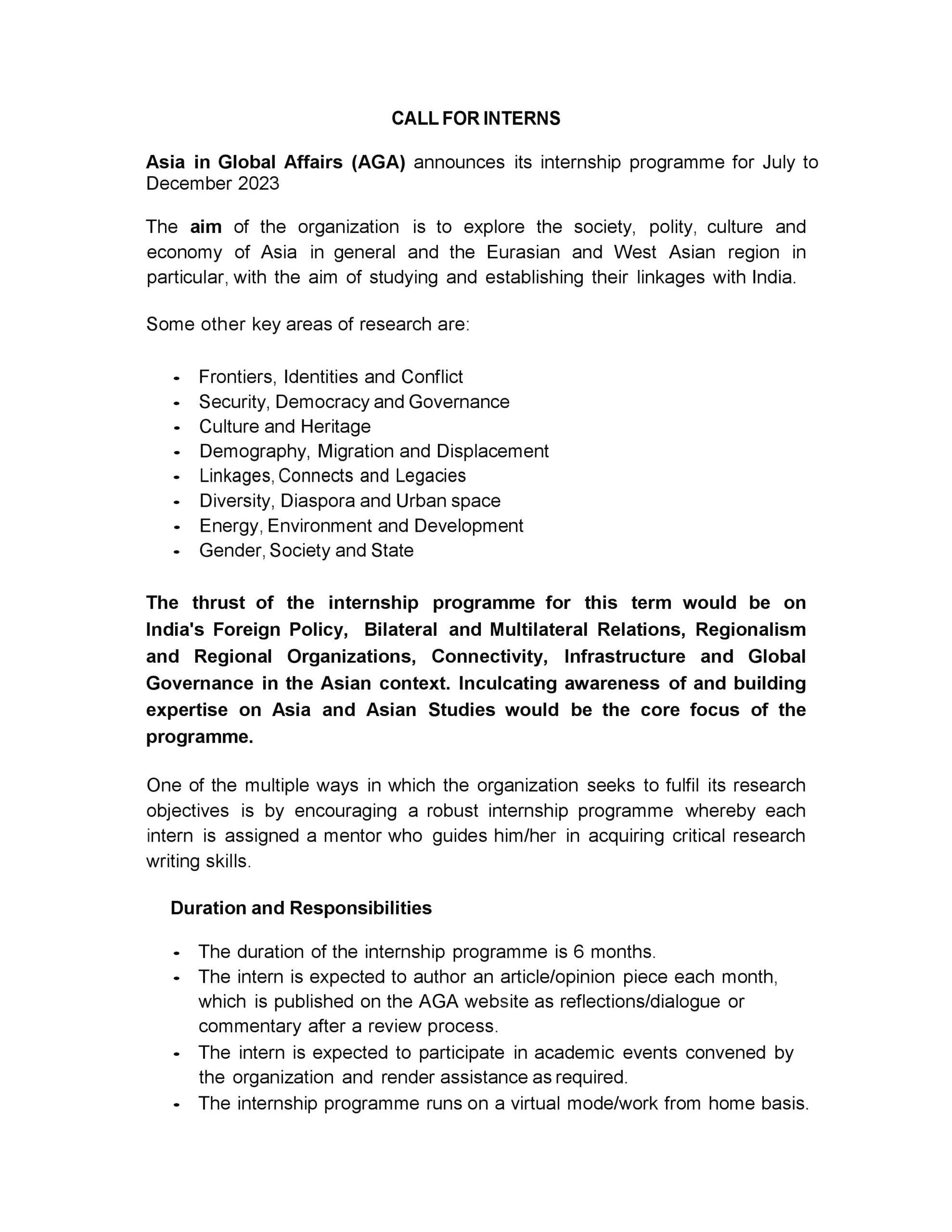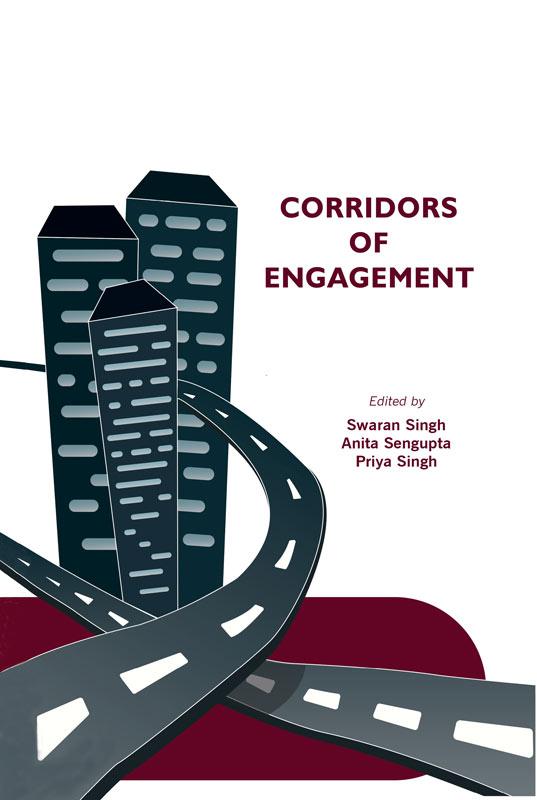Buddhism, the world’s fourth-largest religion, encompasses a variety of traditions, beliefs and spiritual practices. For over twenty-five centuries, Buddhist ideas and ideals have guided and influenced the lives and thoughts of countless human beings in many parts of the world.
Dr. Subham Amin, Faculty, Sri Ramkrishna Sarada Vidyamahapitha, by way of his research on ‘Influence of Buddhist texts on the Western and minority’, has provided an interesting insight into Buddhist mythology at a lecture on “Cultural Aspects of Buddhism” at EZCC on 28 June 2019.
Over the years, many myths and legends have arisen around ‘Dracula’ and much ink has been spilled on this matter, depicting some of the most thrilling stories. Research states that the legend of the Dracula which exists in various forms, is an Eastern creation and actually a myth which is transported from the East to the West. In course of its migration it has changed its shape because of various inputs from different countries and cultures through which it migrates.
Irish author Bram Stoker, in his novel ‘Dracula’, introduced the character of Count Dracula and established many conventions of subsequent vampire fantasy.
All we have to go upon are traditions and superstitions. For, let me tell you, he (Dracula) is known everywhere that men have been. In old Greece, in old Rome, he flourish in Germany all over, in France, in India, even in the Chermosese, and in China, so far from us in all ways.
The vampire or the Dracula or the undead is eternal. It is a transitional creature situated between life and death. Even though he appears to be living, he is actually dead and feeds on human blood which is seen as a life force to prolong his existence. The origin of Vampire myths lie in the ancient scriptures. There exists certain motives in the Eastern and Western Vampire myths and a striking resemblance between them as far as their implications are concerned.
In Indian mythology, Tantra denotes the esoteric traditions of Hinduism and Buddhism that co-developed most likely about the middle of the 1st millennium AD. Buddhist tantra is most often associated with the Vajrayana sects of Tibetan Buddhism and were actually originated in East Bengal. Very broadly, most Buddhist tantra is a means to enlightenment through identity with tantric deities. When Buddha was himself a disciple, before his enlightenment, as a part of his own learning, he practiced some of these tantric rituals, but Buddha himself always discarded them, as these practices always stimulated a particular path of Nirvana and instead of renunciation, the path talks about participation in those rituals. By virtue of this participation one would be able to renounce all those physical and bodily desires. When Buddha established his own institution, he did not allow the monks to practice the tantric rituals. In spite of his denial, some monks still believed in those rituals and continued to practice them clandestinely. After the inception of the Mahayana sect and the rise of Tibetan Buddhism, the tantric practice gained momentum.
Vajrayana, a body of teachings attributed to Indian adepts, may be viewed as a separate branch or as an aspect of Mahayana Buddhism. It aims to attain enlightenment by employing certain Tantras and traditional spiritual techniques. Buddhism has constructed a particular discourse on demonology i.e. several demons are a part of Vajrayana traditions. These demonic creatures have been conceived as companions of Goddess Kali.
The concept of hell and the Lord of Death in Buddhist mythology and Buddhist text appear to render a very structural resemblance with the Western concept of Vampire.The description of hell in the Jataka Tales states that there is a lake in hell which is filled with stinking filth and odour. Its inhabitants have to eat odour and filth and malicious people who hurt their friends and others, are subject to such suffering. Another lake full of blood and pus also exists where those who slay their fathers, mothers and others, have to drink a drop of blood.
In comparison with Bram Stoker’s text, it has been recognized that in ‘Dracula’, the vampire also lives in a place which is devoid of sunlight and in those coffins which are kept in filthy places with an unpleasant smell. There are references in his texts that Dracula’s soul is an inhabitant of hell. In Buddhist mythology, the lake full of blood in hell is used to quench the thirst of the sinners or its inhabitants, whereas in Vampire mythology, the Dracula feeds on the blood of the victims to maintain eternal life.
Ironically, the blood which the sinners are compelled to consume in the Buddhist mythology, Dracula has appropriated the motive as the elixir of eternal life, thus rendering a subversive form.In description of tortures in hell, it is said that the victims are struck with iron rods and sticks with sharp edges and it may not be coincidental that Dracula is supposed to be killed with an iron stick pierced through his heart.
The description of Vajrayana Gods and Goddesses have striking similarities with Goddess Kali in Hindu Tantra due to the particular motive of drinking blood as a source of regeneration and eternal life. The Catholic Church, however, has renounced the Dracula, not for drinking blood, but for the act of sucking blood which has sexual connotations and is not approved as per Christian doctrines.
In the Vajrayana tradition, the Gods and Goddesses manifest their wrath by drinking blood. In the ‘Tibetan Book of the Dead’, one would find plenty of such wrathful deities. They are figures beyond one’s imagination, often portrayed in Tibetan art as multi-limbed and multi-headed entities and are the powerful counterparts of peaceful deities. The Vajrayana tradition place Goddess as prominent entities rather than mere companions of their male counterparts. The female deities represent energy, force of destruction, and the violent and impulsive nature as a counterpart of static and passive culture.
In Tibetan Buddhism, Vajravarahi is a wrathful form of Vajrayogini associated particularly with the Cakrasamvara Tantra, where she is paired in a yab-yum with the Heruka Cakrasamvara. In Hindu tradition, Goddess Kali is standing by a corpse, empowered, and is engaged in a reverse sexual role with the corpse that has been transformed to Shiva, thus reducing the male to a passive recipient. This subversion of the role of sexuality exists both in Vampire and Buddhist mythology.
The vampire myths originated in the 13th and 14th century and several texts have been translated as ‘King Vikram and the Vampire’ by Sir Richard F, Burton. The Jataka tales and myths in Buddhist mythology are being told and retold by those merchants who travel from Europe to East and hence the Tibetan and demonic figures in Buddhist mythology have taken different shapes according to the culture of a particular area.
If we conduct aseparate study of these myths, we can undoubtedly contend that these Buddhist myths and tales have shaped the primary structure of the Vampire myths. On a deeper level, modern vampire mythology and the Buddhist deities and realms carry a significant amount of symbolism that we can use to gain insight into our own realities.
The Report has been prepared by Apurva Chandgothia,
Intern, AGA.


